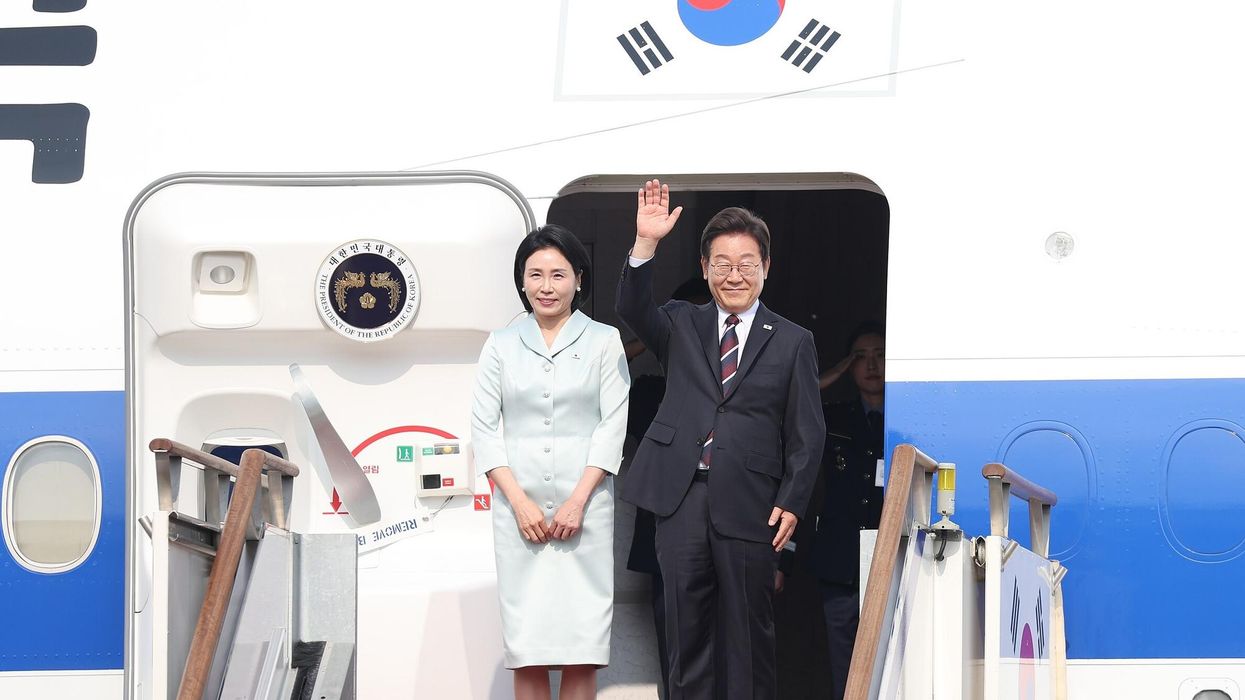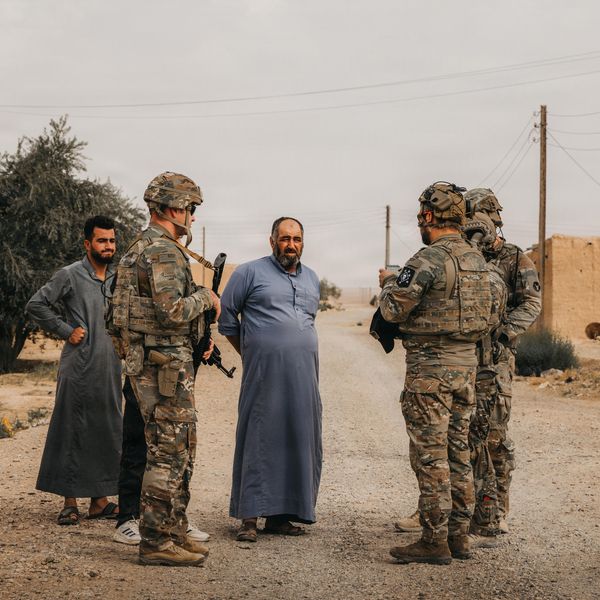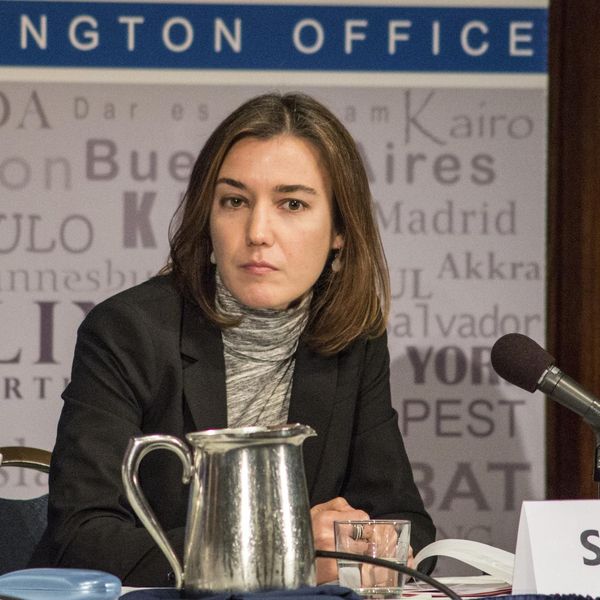For decades, the US has continually made the strategic error of over-relying on the sword — military intervention — and systematically discounting diplomacy, weakening diplomats and assistance providers in favor of creating an over-powered and bureaucratically over-powering military.
The outcome has been a series of self-inflicted wounds – Vietnam, Iraq, and Afghanistan being the most recent in history.
Five years in the Clinton Administration convinced me that the civilian foreign policy institutions of the American government have become scattered and dysfunctional, while the Defense Department has become a national security goiter — an inflated and unhealthy attachment to our foreign policy that, too often, runs the show. I co-edited a book about the imbalance of the American national security toolkit. What’s more, I have spent more than two decades on commissions, writing articles and reports, and consulting with the civilian foreign policy institutions to try to correct the balance.
I have not been alone in suggesting that our civilian diplomatic and assistance institutions are dysfunctional and disrespected. Worse, a good part of their ineffectiveness is self-administered. The State Department has systematically rejected proposals for reform and strengthening, treating them as foreign bodies invading its unhealthy corpus.
I was reminded of all this sad history of failed attempts at reform reading the unclassified version of the latest report. The one that came out last month about the debacle — chaos in Kabul — in August and September, 2021.
It is welcome news that State, itself, commissioned the report. But, and here we get into the dirty little secrets of supposed self-reform and government reports, they generally don’t reference the reports that came before them — so in this case, the excellent work done over the years by the Special Inspector General for Afghanistan Reconstruction — is not referenced at all, including a report on what went wrong as the US left Afghanistan.
Worse, the report compounds one of State’s deepest problems. For decades, State has grafted new offices and bureaus onto the old, while not reforming anything, creating a plethora of baronies that compete with each other, and imposing ad hoc czars and coordinators to try to sort out the chaos. They did this for Korea in the 1990s and for the Balkans when I was in the White House. Neither barony worked very well and nobody knew for sure who was in charge of civilian operations.
Let me bother you with some brain-numbing detail, just to illustrate.
The report says when it comes to planning a crisis evacuation of a lot of Americans or anyone else from another country, the Department’s Operations Center (basically a central communications office) needs to be in charge. Except that another office —the Undersecretary for Management — has a big equity so they need to be in charge, too. And there needs to be a person at the top level of the Department who is in charge. And the Defense Department needs to be in liaison, too. And the Regional Bureaus at State should “provide overall leadership of a task force.” Along with a suggestion that there needs to be a “single, principal-level [senior] crisis leader and a single crisis communicator.”
And, of course, Consular Affairs — the part of State that does the visa and citizen services — has an equity here, as well. This tossed salad of a proposal reads like too many State Department reports — every barony got its say in the final draft.
There are a whole bunch of other offices and bureaus that will think they, too, have a stake in who is the boss, and want to keep new bosses out of their knickers. Somehow, they didn’t make it into the report. This includes a senior level official with pieces of the existing portfolio — the Undersecretary of State for Civilian Security Democracy and Human Rights. And under them the vastly underpowered Bureau for Complex Stabilization Operations (CSO) at State.
Pity the poor consumer of all this in a crisis. I can just see the food fight that will erupt when someone tries to make this actually work.
The problems at the State Department go a lot deeper than this report discusses. Until they are fixed, every report like this will just expand the Rube Goldberg architecture of ineptitude at State. The DoD will expand its role and responsibility even more, as the “can do” institution that has not been able to “do” for more than 40 years.
Fundamentally, the State Department does not respect planning and does not know how to do it. Planning — strategic and resources (people and money) is not what Foreign Service Officers are taught. Nor are they rewarded for it as they move up the hierarchy. DoD is a planning organization; State is not.
More money for diplomacy and more diplomats, both of which have been provided in abundance over the past 20 years, will not make up for this dysfunctionality, and will not prop up this critical element in the toolkit of U.S. statecraft.
Some really talented, wonderful people work in this institution. They are not well-served by this kind of throw-away report. The ad hoc changes the Afghanistan report proposes will not make the next evacuation better organized or more effective. That evacuation will create new lessons learned, and another report.
The sword will continue to be unsheathed in the absence of a strong civilian alternative. And nobody, least of all this latest review group, will raise the question of why we keep throwing the US military and its civilians into such hopeless quagmires.
This article was republished with permission from Gordon Adams’ The Sheathed Sword.
















